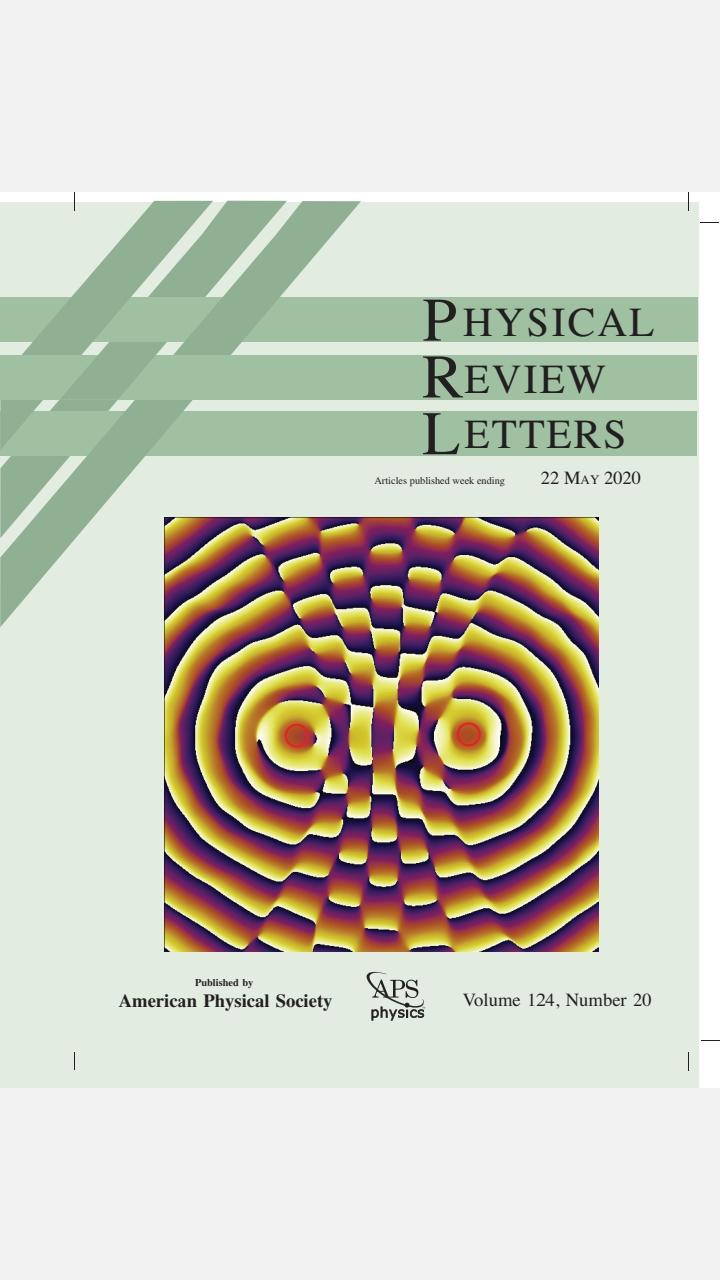
Credit: Physical Review Letters
A group of Skoltech scientists, in collaboration with colleagues from the University of Southampton (UK), developed a fully optical approach to control the couplings between polariton condensates in optical lattices. This study is an important step towards the practical application of optical polariton condensate lattices as a platform for simulating condensed matter phases.
Over its three years of existence, the Laboratory of Hybrid Photonics of the Skoltech Center for Photonics and Quantum Materials and its team of young researchers, working under the guidance of Professor Pavlos Lagoudakis, has been pushing the state of the art in the field of exciton polaritonics. Their recent demonstration of coherently coupled polariton condensates has notably been proposed as a new simulator platform [1,2]. This technology uses an elaborate laser excitation pattern to generate high-complexity polariton graphs in a highly scalable manner, with up to a thousand condensates currently achievable. No matter which technological platform is used, and whether its nodes are polariton condensates, cold trapped atoms or superconducting qubits, the ability to tune the couplings between nearest and next-nearest neighboring nodes is an essential step to simulate condensed matter phases. As the coupling between polariton condensates was predefined by the laser excitation geometry and the polariton wave vector, controlling the coupling between the nodes of a fixed latticed geometry remained elusive.
To tackle this technological challenge, the researchers suggested using another weaker laser pattern to form incoherent exciton reservoirs that would act as optically imprinted potential barriers. In an experiment, they demonstrated that introducing such a barrier of variable height between nodes changes the phase of the transmitted condensate signal in a precise and controlled manner, ultimately changing the sign of the complex coupling. In this work, Skoltech researchers demonstrated ferromagnetic, antiferromagnetic and paired ferromagnetic phases in polariton cluster up 4×4 condensates.
Skoltech researcher and first author, Dr. Sergey Alyatkin, notes: “These results were achieved due to the hard and coordinated work of our team, which allowed us to first create a unique experimental setup and to use it to achieve these exciting results. Together with our colleagues from Southampton, we have developed a way to very precisely control the excitation spatial profile, which allows us to imprint optical lattices of polariton condensates in almost any arbitrary geometry. We also implemented a homodyne interferometry technique for in-situ readout of the relative phases of the lattice nodes, which allows us to project a classical spin (from +1 to -1) for each corresponding node.”
Alexis Askitopoulos, senior researcher of the Hybrid Photonics Labs and co-author, adds: “Our results showcase that we can tune the nearest neighbor and next nearest neighbor interactions in our polariton lattice. Effectively this gives us control of some of the non-diagonal elements of the Hamiltonian of our system, greatly increasing the number of configurations that could be simulated with our platform, as well as opening up possibilities for implementing machine learning processes and algorithms.”
The result of a constant back-and-forth of people, samples and ideas between Skoltech and Southampton University, this high-impact article also serves as a reminder of the importance of international collaborations in academia. In these current days of self-isolation, the Russian and UK groups remain in close contact through a weekly online seminar, where they discuss current progress and propose news ways to push their research further.
The authors are confident that the results of their research will be of great interest not only to the specialists working in the field of polaritonics, but also to the wider global photonics and optical computing community. The extreme precision of the control over the relative phase between nodes, along with the ease, scalability and tunability of its fully optical implementation, is believed to makes this development a critical step in the development of high-performance polariton simulators, which could one day unlock the full power of optical computing.
###
[1] N. Berloff et al., Realizing the classical XY Hamiltonian in polariton simulators, Nature Mater., (2017)
[2] S. Ghosh and T.C.H. Liew, Quantum computing with exciton-polaritons, npj Quantum Inf. 6, 16 (2020)
Media Contact
Alina Chernova
[email protected]
Original Source
https:/
Related Journal Article
http://dx.




